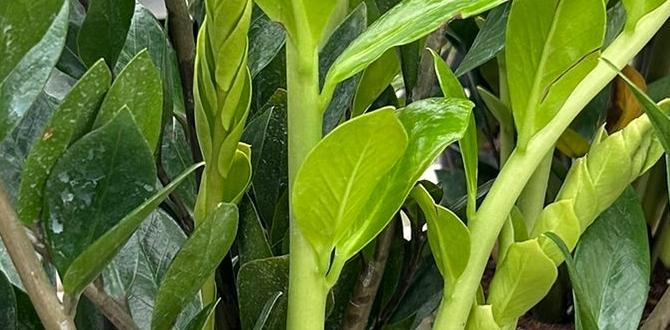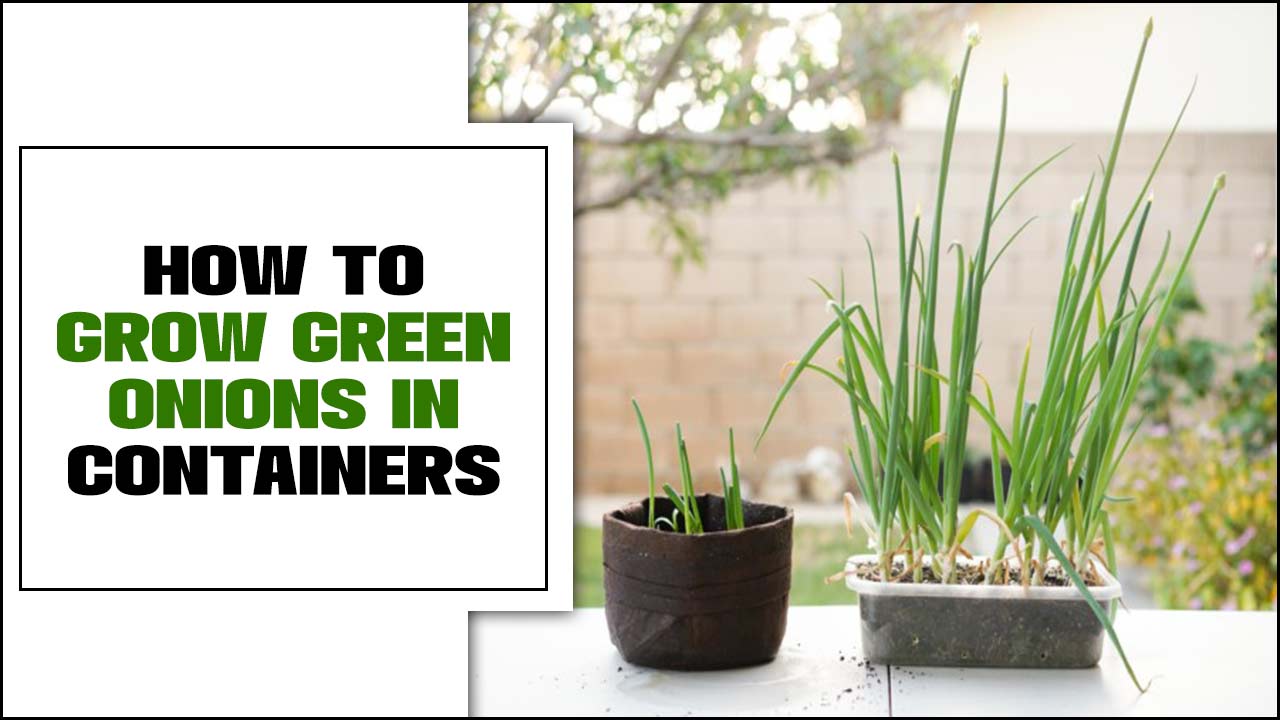Have you ever seen a hibiscus plant in full bloom? Its bright colors and big flowers can make anyone smile. Caring for a hibiscus plant outdoors might seem tricky, but it’s simpler than you think. Imagine walking to your garden and spotting a beautiful hibiscus swaying in the breeze. Wouldn’t that make your day?
Many people wonder how to keep their hibiscus plants healthy. Did you know that these plants love warm weather and sunshine? Just like us, they thrive with proper care. Watering, feeding, and pruning can help them grow big and strong. Are you ready to learn how to care for a hibiscus plant outdoors? Let’s dive into some easy tips that will make your hibiscus the star of your garden!
How To Care For A Hibiscus Plant Outdoors: Tips And Tricks

How to Care for a Hibiscus Plant Outdoors
Hibiscus plants are vibrant additions to any garden. To thrive outdoors, they need full sunlight and well-drained soil. Water them deeply but avoid soggy conditions. Did you know hibiscus can attract butterflies? Regular pruning helps maintain shape and encourages growth. Fertilizing every few weeks during the growing season will boost their blooms. Protect your plant from frost, as cold weather can damage it. With proper care, your hibiscus will flourish beautifully!Choosing the Right Location
Sunlight requirements and the best placement. Soil type and drainage considerations.Finding the perfect spot for your hibiscus plant is like picking the right seat in a movie theater. It needs plenty of sunshine—at least six hours a day—to bloom beautifully. Think of it as the hibiscus sunbathing! Place it in well-draining soil to prevent soggy roots; no one likes wet socks, not even a plant. Here’s a quick table to help:
| Feature | Recommendation |
|---|---|
| Sunlight | At least 6 hours of direct sun |
| Soil Type | Well-draining, rich in organic matter |
| Drainage | Ensure excess water can escape |
This ensures your hibiscus grows up strong and vibrant, like a superhero in a sunny cape!
Watering Techniques
Frequency and amount of watering. Signs of overwatering and underwatering.Water your hibiscus plant regularly. Aim for once every few days in warm weather. Check the soil; if it feels dry an inch down, it’s time to water. Overwatering can make leaves yellow and drop off. Signs of underwatering include wilting leaves and dry soil. Keep a close eye on your plant’s needs!
How often should I water my hibiscus plant?
Water every 2 to 3 days during hot months. Adjust based on rainfall and temperature.
Signs of Watering Issues:
- Overwatering: Yellow leaves, soggy soil.
- Underwatering: Wilted leaves, dry soil.
Fertilization Guidelines
Types of fertilizers suitable for hibiscus. Recommended fertilization schedule.Hibiscus plants thrive with the right food. Choose fertilizers high in potassium, such as liquid seaweed or a balanced 10-10-10 fertilizer. These help blooms flourish. For best results, follow this fertilization schedule:
- Feed in early spring.
- Repeat every 4-6 weeks during the growing season.
- Stop in late summer to let plants prepare for winter.
This schedule ensures your hibiscus stays healthy and colorful.
What is the best fertilizer for hibiscus?
The best fertilizer for hibiscus is a balanced formula. Look for one with equal parts nitrogen, phosphorus, and potassium. This helps promote strong growth and many flowers.
Pest and Disease Management
Common pests that affect hibiscus. Preventive measures and treatment methods.Pests can harm your hibiscus plants outdoors. Common pests include aphids, whiteflies, and spider mites. They suck the juice from the leaves, making the plant weak. Keep an eye out for sticky leaves or yellow spots.
- Preventive Measures: Regularly check your plants.
- Introduce Beneficial Insects: Ladybugs can help control pests.
Treatments include spraying the leaves with water or a gentle soap mixture. Neem oil is also effective against pests. Keep your plants healthy, and they’ll fight off trouble better!
What are common pests that affect hibiscus?
Aphids, whiteflies, and spider mites are common pests that can affect hibiscus plants.
How can I prevent pest problems on my hibiscus plants?
- Check your plants regularly for signs of pests.
- Introduce ladybugs to eat aphids.
Healthy plants are less likely to get sick or attract pests. Happy hibiscus means a beautiful garden!
Pruning and Maintenance
Best practices for pruning hibiscus plants. Seasonal maintenance tips for healthy growth.Keeping your hibiscus happy is like giving it a haircut—without the drama! For best results, prune branches lightly in spring. This helps the plant grow fuller and bloom more. Remember, remove dead flowers, too. It’s like telling them, “You don’t need that anymore!” During summer, keep an eye on water levels; hibiscus loves a good drink but hates soggy feet! Check your hibiscus every month for bugs—those little critters can be like uninvited guests!
| Pruning Tips | Seasonal Maintenance |
|---|---|
| Prune in spring | Water regularly |
| Remove dead flowers | Check for pests monthly |
| Shape for fullness | Fertilize in summer |
Winter Care for Hibiscus
Preparing hibiscus for colder months. Tips for winter protection and care.As the cold creeps in, it’s time to wrap your hibiscus with extra care. Start by moving it to a sheltered spot, like next to a warm wall. Trim any dead leaves, just like how you’d tidy up after a party! Check for pests; they love to crash the winter fun. Mulch around the base helps keep the roots snug and warm. Cover your plant with a breathable cloth for extra warmth, but remember to let some air in. Your hibiscus will be dreaming of sunny days in no time!
| Winter Care Tips | Details |
|---|---|
| Location | Move to a sheltered area |
| Trimming | Remove dead leaves |
| Check for pests | Inspect leaves regularly |
| Mulching | Add mulch for warmth |
| Covering | Use breathable cloth |
Common Mistakes to Avoid
Frequently made errors by hibiscus growers. How to avoid pitfalls for successful cultivation.Many people make simple mistakes while growing hibiscus plants. These errors can harm your plants and stop them from thriving. Here are a few common pitfalls and tips to avoid them:
- Overwatering: Water only when the soil is dry.
- Too much sun: Provide some shade during hot afternoons.
- Neglecting pests: Check for aphids or spider mites regularly.
- Wrong soil: Use well-draining soil to prevent root rot.
By steering clear of these mistakes, your hibiscus can bloom beautifully!
What are some common mistakes to avoid when caring for hibiscus plants?
Common mistakes include overwatering, too much sun, and ignoring pests. These can prevent your hibiscus from growing well.
Conclusion
To care for a hibiscus plant outdoors, give it plenty of sunlight and water regularly. Use well-draining soil and prune it to promote healthy growth. Watch out for pests and treat them quickly. Now, you’re ready to enjoy beautiful blooms! For more tips, check out gardening books or online resources to keep learning. Happy gardening!FAQs
What Are The Ideal Soil Conditions For Growing Hibiscus Plants Outdoors?To grow Hibiscus plants outdoors, you need good soil. The soil should be rich and full of nutrients. It should also drain well, which means water should not sit on top. Hibiscus likes slightly acidic soil, so it’s great to mix in some compost. Keep the soil moist but not too wet.
How Often Should I Water My Outdoor Hibiscus Plant For Optimal Growth?You should water your outdoor Hibiscus plant often, about once every 2 to 3 days. Make sure the soil feels damp but not too soggy. If it’s really hot outside, you might need to water it every day. Always check the soil first. If it’s dry, then it’s time to give it some water!
What Type Of Sunlight Exposure Does A Hibiscus Plant Require When Planted Outside?A Hibiscus plant loves sunlight! You should plant it where it can get at least six hours of direct sunlight each day. This helps the flowers grow big and bright. If it doesn’t get enough sun, it might not bloom well. So, find a sunny spot for your Hibiscus!
How Can I Protect My Outdoor Hibiscus Plant From Pests And Diseases?You can protect your outdoor Hibiscus plant by keeping it clean. Check the leaves often for bugs or spots. If you see any, wash them off with water. You can also use natural sprays made from things like soap or neem oil. Lastly, make sure your plant has good air flow and sunlight to stay healthy!
When Is The Best Time To Prune An Outdoor Hibiscus Plant, And How Should I Go About It?The best time to prune your outdoor Hibiscus plant is in early spring. This is when new growth starts. First, you should remove any dead or brown branches. Use sharp scissors to cut just above a leaf. This helps the plant grow bigger and stronger!








